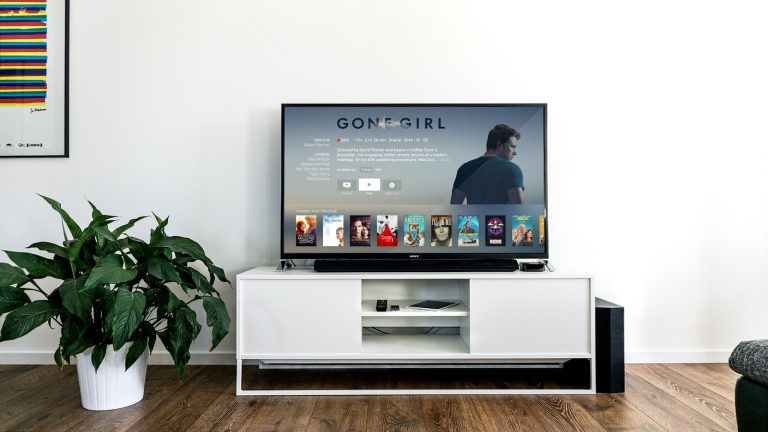Television remains a central piece of entertainment in many homes across the UK. A good quality TV signal is essential for an enjoyable viewing experience. However, issues with TV aerials can often lead to various picture quality problems, which can detract from your enjoyment. Understanding these issues and knowing how to resolve them can ensure you get the best performance from your television system.
Introduction to TV Aerial Issues
Maintaining optimal picture quality on your television involves a well-functioning TV aerial. Despite the march towards streaming and on-demand services, traditional broadcast TV remains popular, particularly for live events and local programming. However, various factors can affect the quality of the signal received by your aerial.
Installation Problems
One of the most fundamental aspects of ensuring good picture quality is the proper installation of the TV aerial.
Correct Positioning
The aerial must be positioned optimally to pick up the strongest signal. This often means installing it as high as possible, without any obstructions such as buildings, trees, or other structures. The direction in which the aerial points is equally crucial, as it should align with the nearest transmitter.
Cable Integrity
The quality and condition of the cable linking the aerial to your TV also play a significant role. Damage or wear and tear over time can degrade the quality of the transmission, resulting in poor picture quality.
Professional Installation
Given the complexities involved, professional installation is highly recommended. An experienced installer will consider factors such as local geography, the specific type of aerial needed (based on the broadcast frequencies used in the region), and potential sources of interference.
Weather Conditions
The UK’s variable weather can impact signal quality. High winds, heavy rain, or snow can physically misalign your aerial or create temporary disruptions in signal strength. Routine checks and maintenance after severe weather conditions can help alleviate these issues.
Interference Issues
Signal interference can significantly impact the quality of your TV picture.
Electrical Interference
This includes interference from nearby electrical appliances, power lines, or even certain types of light bulbs. Ensuring adequate distance and shielding between these sources and your TV setup can reduce this problem.
Signal Overload
In areas close to a transmitter, a signal booster might actually degrade picture quality by over-amplifying the signal. The solution here may involve fitting an attenuator to reduce signal strength to an optimal level.
Mobile Phone Signals
The proliferation of 4G and now 5G networks has introduced a new source of potential interference. Filters are available that can block specific frequencies used by mobile phone signals, thereby enhancing your TV signal quality.
Ageing Components and Maintenance
Regular maintenance of your aerial and associated components can prevent many picture quality issues.
Aerial Wear and Tear
Exposure to the elements can cause the aerial to degrade over time. Routine checks can identify rust and other damage that might call for repair or replacement.
Connection Degradation
Connections at both the aerial and television end can loosen or corrode over time. Ensure all connections are tight and free from corrosion.
Regular Tuning
It’s also prudent to re-tune your TV occasionally, especially after changes in broadcast frequencies or completing maintenance work on your aerial system. This ensures your TV finds all available channels with the best possible signal.
Advanced Solutions: Boosters and Filters
For persistent issues, certain enhancements can be considered.
Signal Boosters
In areas with consistently low signal strength, installing a signal booster might help. However, it’s important only to use these where absolutely necessary, as they can sometimes introduce noise and interference themselves.
Filters
These are particularly useful in areas with high levels of potential interference. Installing a filter suited to your particular problem, such as those for 4G interference, can improve signal clarity and quality.
When to Call a Professional
While many aerial issues can be initially assessed and sometimes resolved by keen DIYers, the expertise of a professional aerial installer is invaluable for diagnosing and resolving more complex problems. Professionals not only bring the right tools but also understand the nuances of region-specific issues and latest technologies.
Conclusion
TV aerial problems can be frustrating but are often solvable with the right approach and knowledge. Whether it’s a simple case of repositioning your aerial, troubleshooting interference issues, or calling in a skilled installer, addressing these issues effectively can significantly enhance your viewing experience. Remember, maintaining your TV aerial system is not just about preserving picture quality; it’s about ensuring you continue to enjoy your favourite television programming without interruption. If you’re facing persistent picture quality issues, consider consulting a professional aerial installer to get the best out of your TV setup.


0 Comments